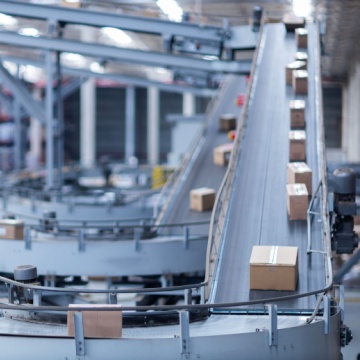When the global economy was brought to a standstill by the pandemic, businesses understood that they can’t manage what they can’t see. As ships idled, borders closed, and ports overflowed with stranded containers, supply chains turned into mere black boxes for many organisations. Though they knew where their goods were supposed to be, they had no idea where they were in reality.
From a nice-to-have, supply chain visibility has evolved into a strategic requirement in today’s post-pandemic world. As the backbone of resilience, it enables businesses to manage risks, forecast disruptions, and maintain customer confidence even in unfavourable business environments.
Meaning of Visibility in 2025
In today’s context, supply chain visibility extends far beyond just tracking locations. It integrates condition, performance, and risk intelligence in real-time from tricks, warehouses, ports, factories, and the individual pallets and containers.
Three converging technologies have been instrumental in powering this evolution.
- IoT Sensors and Data Loggers: Devices such as temperature, tilt, and impact indicators are capable of transmitting live data through 4G/5G or satellite networks, which makes end-to-end condition monitoring a reality.
- AI and Predictive Analytics: With the help of machine learning models, it is now possible to forecast disruptions and initiate preventive actions such as adjusting safety stock, rerouting a shipment, or alerting customers automatically.
- Cloud Platforms: Centralised cloud platforms can aggregate and translate data into actionable insights, showing route delays, anomalies, or mishandling events.
These layers work in tandem to help monitor and optimise every movement and event in real-time by providing a digital “control tower” view of the supply chain.
Understanding the Competitive Advantage of Visibility
Supply chain visibility provides a clear edge over competitors in many different ways.
- Risk Mitigation: With the help of real-time data, businesses can detect and respond to problems before they turn into severe issues.
- Trust and Transparency: With changing times, today’s end customers want to know the location and condition of their goods. Logistics providers can use visibility tools to build credibility and minimise disputes by sharing proof of handling.
- Operational Efficiency: It is possible to optimise inventory, automate alerts, and reduce manual audits by integrating sensor data into transportation management systems (TMS) and warehouse management systems (WMS).
- Sustainability: spoilage in cold chains can be reduced by real-time monitoring, which lowers the carbon footprint per delivery.
Overcoming Implementation Barriers
While visibility technologies are now becoming increasingly accessible, many organizations still believe that this implementation is too complex and expensive for them. These entry barriers can be reduced significantly by cloud-based IoT platforms and cellular connectivity.
Here are some key factors for successful deployment.
- It makes sense to start small with high-value or high-risk lanes and then expand fleet wide depending on ROI.
- Opt for durable and efficient data loggers and indicators hat align with shipment profiles.
- Businesses should always ensure that sensor data flows seamlessly into their existing WMS, TMS, or ERP systems.
- Train teams to build operational awareness across departments.
State-of-the-art visibility tools from ShockWatch have now emerged as the standard for operational assurance in Australia and beyond. Please contact us today to find out more about our range of supply chain visibility devices.


